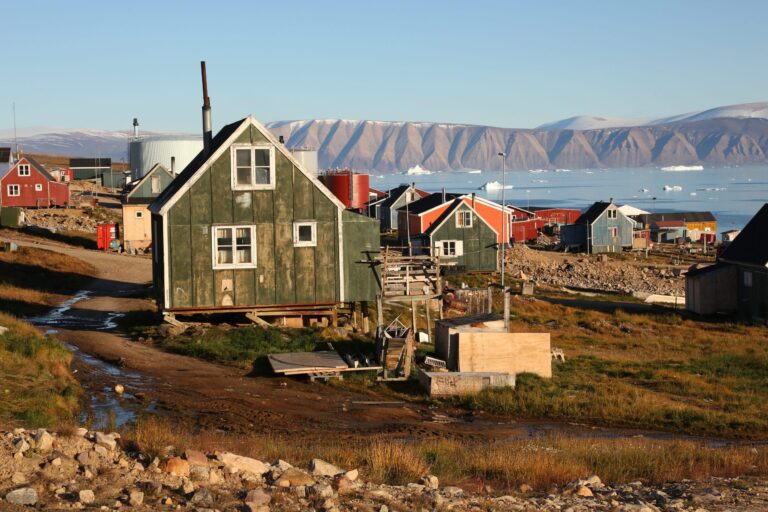Introduction to Poverty in Greenland
Greenland, despite its vast natural resources, faces a significant challenge with poverty. Located in the Arctic, its unique geography contributes to the struggles of its population. This article explores the socio-economic factors that drive poverty in this remote region.
The Economic Landscape of Greenland
The economy of Greenland heavily relies on fishing and hunting, yet these industries are vulnerable to climate change. The melting ice is altering fish habitats, making sustainability a pressing concern. These economic shifts pose risks not only to livelihoods but also to the cultural practices of the Inuit population.
The Role of Employment
Employment opportunities in Greenland are limited, exacerbating the cycle of poverty. Many communities lack access to diverse job markets due to geographic isolation. This isolation leads to heightened dependency on social welfare systems, which may not be sufficient to meet basic needs.
Education and Its Impact
Education plays a crucial role in breaking the cycle of poverty in Greenland. However, disparities exist in access to quality education, particularly in remote areas. Investing in education is essential for empowering the younger generation to create sustainable futures.
Cultural Implications of Poverty
Poverty in Greenland significantly impacts the cultural identity of its Inuit population. Traditional practices and ways of life are threatened as economic struggles increase. Maintaining cultural heritage while combating poverty is a delicate balance that many communities strive to achieve.
Government Response to Poverty
The Greenlandic government has implemented various strategies to combat poverty. These include social welfare reforms and initiatives aimed at boosting local economies. Still, challenges remain, particularly in reaching the most marginalized communities.
International Aid and Support
International support plays a role in addressing poverty in Greenland. Organizations such as the Borgen Project focus on raising awareness of these issues. For more information on the struggles of poverty in Greenland, you can visit this link.
Conclusion
Addressing poverty in Greenland requires a multifaceted approach. Collaboration between government entities, local communities, and international organizations is essential. By focusing efforts on education, employment, and cultural preservation, a more sustainable future is possible for Greenland.

